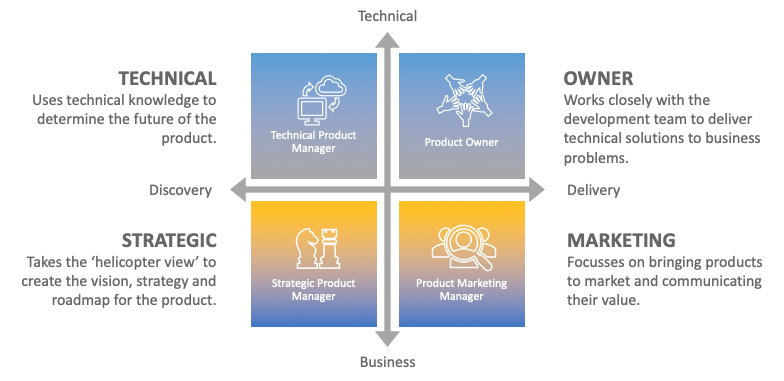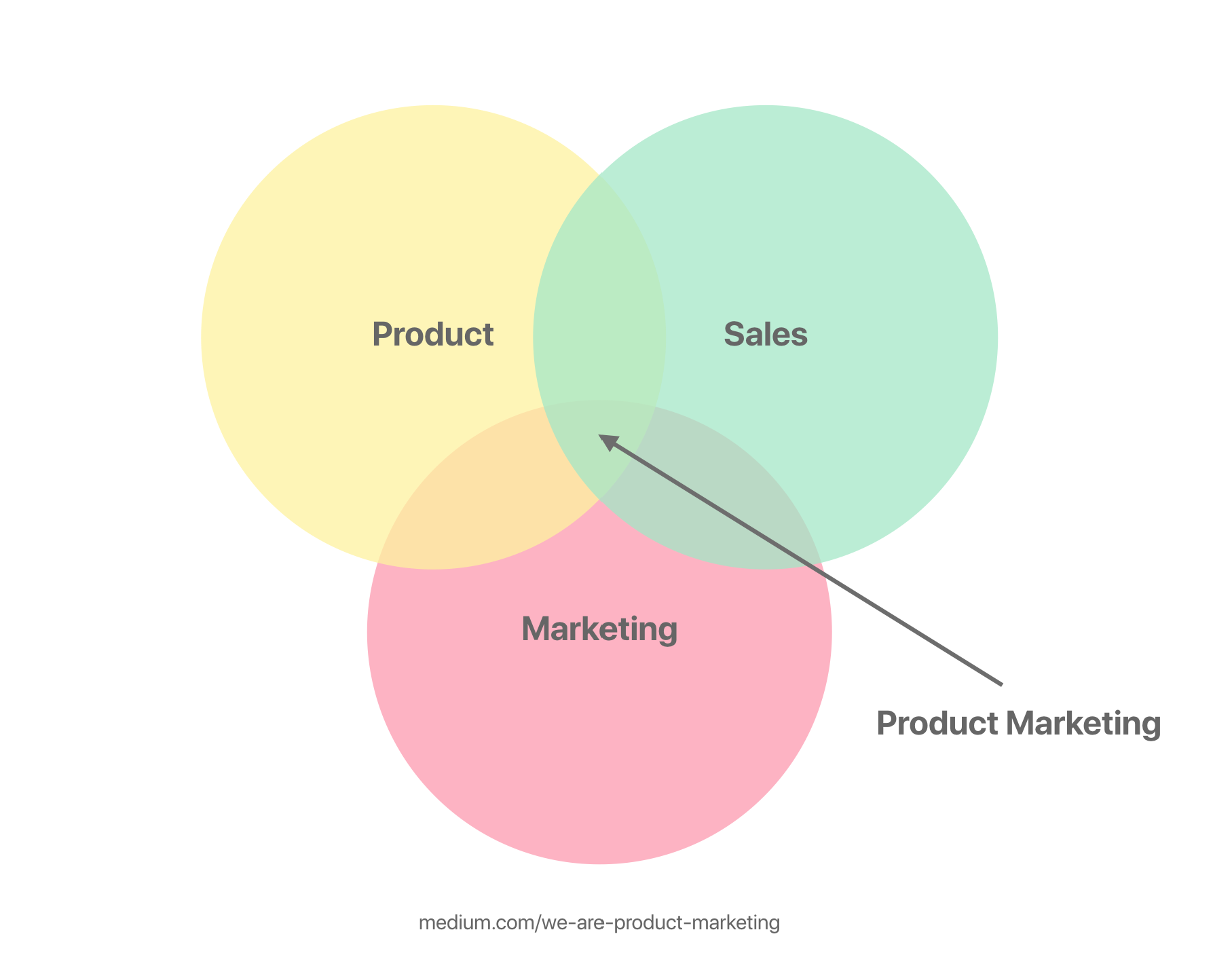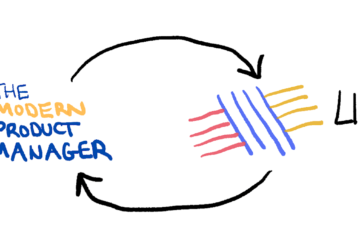I have learned so much in the last few years about product management that I wish I’d considered (and known) earlier.
This is the first in a series of 4 posts where I will introduce and then expand upon, the ‘PM Quadrants’ that I have created to show what flavors of product manager there are, what skills they require, how to tell if you’re really a product manager and how to use the quadrants to enhance your career progression.
I hope that this post helps you gain insight that helps you with your career in product or, controversially, away from it if they choose a different path.
This first post focusses on introducing the quadrants.
I’ve done a whole host of roles in my career in consulting and in industry, so I feel well placed to discuss differences across companies and teams,

Every place that I have worked as, or with, a product manager has had a different perspective on the role. I have worked in environments that use the ‘dictator-style’ product manager. In this approach, the product manager is expected to ‘tell’ the development team what to do. A Product Requirements Document (more like Pretty Ridiculous Document!) gets metaphorically chucked over a fence and if the product manager is feeling generous they might shout ‘FORE’ to warn the development team of the huge expectations that are about to crush their souls and ruin their social life.
On the other hand, I’ve worked in environments where the product manager has no power what-so-ever and plays the role of the ‘middle sibling’ — underappreciated and often ignored, but usually saying the most balanced thing.

Based on these experiences I’ve created four flavors of product manager according to their relative focus areas.
What are the four flavors of product manager?
Before I explain the four flavors, let’s just agree on what product management is in the first place.
I’ll use these three quotes that I just jotted down (quoting myself… narcissist alert!)
A product manager sits at the intersection between the customer, technology and business.
A product manager enables an outcome-focussed approach and tracks performance of the product
A product manager provides a balanced and pragmatic view on priorities to maximise the value of the team
For more on the definition of product management, check out the post below.
That being said and (hopefully) agreed, let’s talk about the different flavors of product manager.
The axes
I’m talking about the plural of axis, not what Gimli from The Lord of the Rings or Patrick Bateman from American Psycho wielded to fight or kill people with. Shame really, axes would be more fun and how good was Christian Bale in American Psycho?!
I digress. I’ve used a simple 2 by 2 graph with two continuums intersecting in the middle as the basis of my PM flavors matrix.
The X (horizontal) axis shows a scale from ‘discovery’ on the left to ‘delivery’ on the right. The Y (vertical) axis is a scale from ‘business’ at the bottom to ‘technical’ at the top.

Discovery vs Delivery
I use the 4 D’s method for product development and this axis is based on that model.
“The 4Ds model is a lightweight process to drive incremental, evolutionary, and revolutionary customer experience and, therefore, business growth”
Discover — What are your customers’ needs?
Define — What customer need are you solving for?
Design — Which of all possible solutions is right for your customers?
Deliver — How do you build and launch the chosen solution and measure its impact on the customer experience?

If you consider Sean’s image above, my scale essentially moves from the left to the right, with the left half of the scale focussing on the first box (research, analyse, synthesise), and the right half focussing on the second box (prototype, test, refine).
‘Discovery is all about what happens next, whereas delivery is about the here and now’
Business vs Technical
I’ve always disliked the much-used phrase in technology teams of ‘the business’ to refer to everyone else, even though I use it myself. It tends to refer to the teams making the decisions — which is traditionally sales, marketing or the big-bad ‘commercial’ department (*shudders*).
On the ‘business’ end of this scale, is a high level of understanding of sales drivers (e.g. commercial targets and levers), marketing needs (e.g. SEO, PPC, campaign management) and the operational side of the company.
On the technical end, it’s a strong understanding of the technical architecture of the product, the tools and languages used to build it and why it is built how it is. This knowledge is then used to inform technical solutions going forward.

Introducing the quadrants
As the two axes are continuums, an individual can sit anywhere within the graph, and even in multiple locations depending on their skillset.
For this, I will talk about them as 4 defined quadrants, and here they are:

Technical Product Manager
Typically, a product manager’s role is to determine what the right thing to do is, whereas tech determines how to do the right thing. With a technical product manager, they sit in the middle of this — understanding the business goals but with greater knowledge of the potential technical solutions. They are responsible for ensuring the long-term viability and growth of the product by making astute technical decisions.
Product Owner
A defined role in the Scrum Framework, the primary purpose of the product owner is to manage the product backlog. This includes creating it, prioritising it(based on many factors) and engaging with the tech team to ensure it is understood and then delivered upon. As their position on the graph suggests, they are technically savvy and delivery focussed.
Product Marketing Manager
A product marketing manager has more marketing and sales, but less technical, knowledge than a product owner and works more closely with these teams as well as generating and delivering training.
If the product owner’s job is to create and define new products and features, product marketing’s job is to bring those features to market and communicate their value. Where a PO is the interaction between business, user and tech, PMM is the intersection between sales, marketing and product.

Strategic Product Manager
With a high business and commercial acumen and a view to the future, the Strategic PM is responsible for conducting a range of research to determine the product vision, strategy and roadmap. Where a product owner primarily looks inwards, a strategic product manager looks outwards for their inspiration.
What if I don’t fit into one quadrant?
Not only is it OK if you don’t fit into one quadrant, but it’s also normal. I consider it a good thing not to be ‘pigeon-holed’ to one quadrant.
Only large, cash-rich companies will have specialists in every area (Amazon are a perfect example), so, likely, most people that read this won’t fall neatly into one quadrant and neither will their role description.
What I will say is that if you see your current role in 3 or even all 4 quadrants, the chances are that you are spread too thin and aren’t able to operate successfully in any of them.
In my next post, I’ll go into more detail about the skills required for each quadrant to allow you to compare your current role against it and map yourself on the graph.
Originally posted at https://chrismiles.co/four-flavours-of-product-manager/



0 Comments